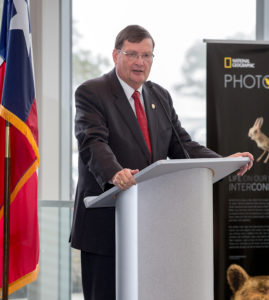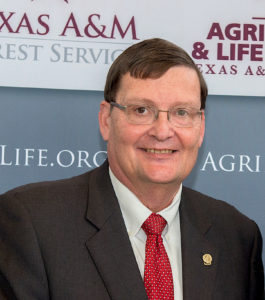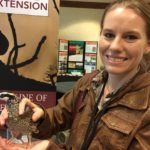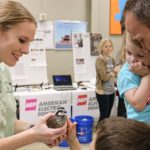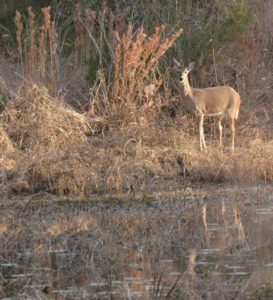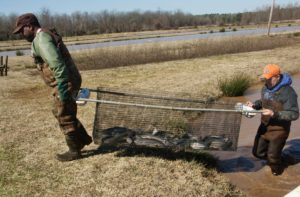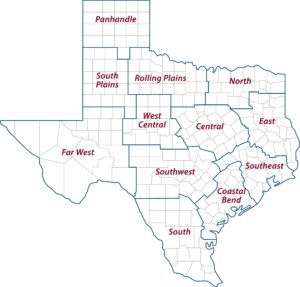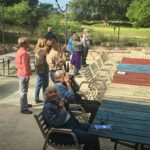Writer: Steve Byrns, 325-653-4576, s-byrns@tamu.edu
Contact: Contact: Michelle Haggerty, 830-896-2504, mmhaggerty@tamu.edu
COLLEGE STATION — The Texas Master Naturalist program was recently honored by the Texas Chapter of The Wildlife Society with its Outstanding Achievement Award.
The award was presented during the recent Texas chapter’s annual conference for the program’s impacts on the conservation industry throughout the program’s 20-year history, according to a news release distributed by the society.
The program, led by Michelle Haggerty, Texas Master Naturalist program state coordinator at Kerrville, and Mary Pearl Meuth, assistant coordinator, College Station, is designed to develop a corps of well-informed volunteers to provide education, outreach and service dedicated to the beneficial management of natural resources and natural areas within their communities for the state of Texas.
The Texas A&M AgriLife Extension Service and Texas Parks and Wildlife Department sponsor the program, which is supported by an extensive network of experts from both agencies. Texas Chapter of the Wildlife Society stated the program teaches advanced training and also supports the outreach and stewardship projects of its more than 11,000 volunteers.
Dr. Neal Wilkins, past president of the Texas Chapter of The Wildlife Society and current executive director of the East Foundation, presented the award commenting, “The Texas Master Naturalist program has been an unbelievable asset to this state. Volunteers for the program are committed. They are the heart and soul of what really goes on out on the landscape.”
The Texas Master Naturalist program was also honored as it “brings skilled volunteers together and works with communities and organizations across the state to implement youth outreach programs, operate parks, nature centers and natural areas, and provides leadership in local natural resource conservation efforts,” Wilkins said during the presentation, according to the release.
The Texas Chapter of The Wildlife Society was established in 1965 and represents the state’s interest in involving resource professionals and stimulating involvement by all concerned individuals in science-based conservation practices.
-30-
